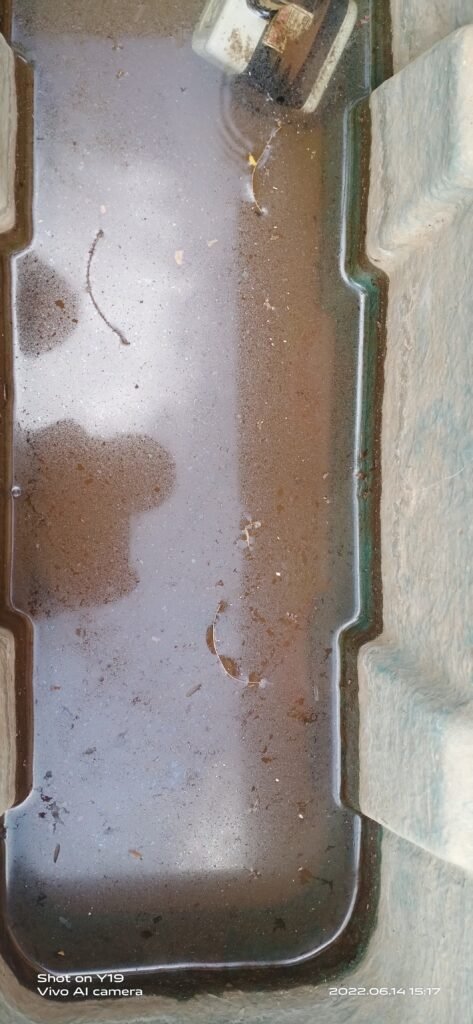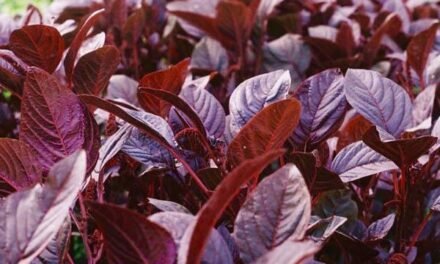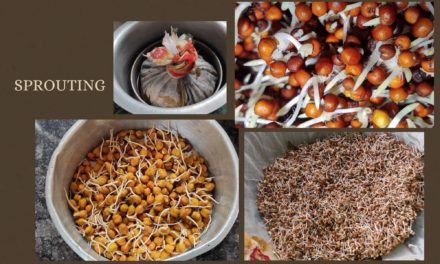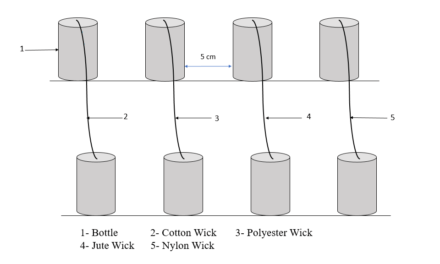2/6/22 – 6/6/22
Lecture on blog writing was taken by Suvarna madam.She taught us how to create blog.
Prathmesh sir took lecture on Empathy.
There are 5 steps in Design Thinking Process
- Empathy
- Design
- Ideate
- Prototype
- Test
What is Empathy ?
Empathy is first important step of Design Thinking Process. Empathy means to understand the problem faced by the peoples. Through empathy we are able to put ourselves in condition of that person and connect with how they might be feeling of their situation.
Way to Empathize :-
1) By talking with that person.
2)By observing the problems faced by the person.
3)By doing the actual work and experiencing the problems.
Prasad sir gave us task to find out information about Hydroponics.
About Hydroponics:
The cultivation of plants in nutrient-enriched water, with or without the mechanical support of an inert medium such as sand, gravel, or perlite is called hydroponics. Also called as soilless farming.
Types of Hydroponics :-
1)Flood and drain system
2)NFT
3)Deep Water Culture
4)Aquaponics and Aeroponics
5)Wick Culture
We read the blog of Gayatri Pakhale as their project was based on Hydroponics – Merigold crop.
By reading her blog we understood :-
1) How to design the Hydroponics system setup.
2)Problems she faced while dosing the nutrients to the crop.
Blog Link :-
http://vadic.vigyanashram.blog/author/Gayatri-Pakhale/
Date :- 05/06/2022 – 11/06/2022
Lecture by Dixit sir on IC Engine.
IC engine :-
I- Internal
C-Combustion
What is IC engine?
IC engine is a common heat engine in which the combustion takes place internally.
What is piston?
A piston is a cylinder fits in engine cylinder. Piston slides up and down inside engine cylinder against air fuel mixture and it helps to compresses the mixture.
Working of IC engine?
The fuel is mixed with air and then inducted into the cylinder during the intake process.After the piston compresses the fuel-air mixture, the spark ignites it, causing combustion. The expansion of the combustion gases pushes the piston during the power stroke.
Read the blog of Ajay Patil on Hydroponics – Brinjal crop
By reading his blog we understood:-
1) How to design the Hydroponics system setup.
2)Problems he faced while dosing the nutrients to the crop.
. He done 2 nutrient dosing to the crop but it failed due to some problem. Then he prepared third dosing and continued supplying it to the system.
3rd nutrient dosing done to the brinjal crop by Ajay Patil on the basis of glucose chain:-
| Sr.no. | Nutrients | Quantity |
| 1) | K2SO4 | 2.25gm |
| 2) | MgSO₄ | 1.9gm |
| 3) | NH3 | 1.6gm |
| 4) | H3PO4 | 3.7gm |
| Sr.no. | Nutrients | Quantity |
| 1) | Nitrogen | 40 gm |
| 2) | Phosphorus | 4 gm |
| 3) | Potassium | 4 gm |
| 4) | Calcium | 4 gm |
| 5) | Magnesium | 2 gm |
| 6) | Sulphur | 2 gm |
This project was handover to us and we maintained it by dosing nutrients weekly and soil extract and sugar solution daily.
Lecture taken by Dixit Sir :-
Human Body:-
Human body contains-
Oxygen – 65%
Carbon – 18%
Hydrogen – 10%
Nitrogen – 3%
Calcium – 1.4%
Phosphorus – 1.1%
Potassium – 0.4%
Mg, Zn, Fe, B, S, Mo, etc are 1.1% in our body.
Energy Consumption:
Men of average size(77 kg) requires 2,300 kcal/day and women requires 1900 kcal/day.
Solar thermal, Photovoltaic and photosynthesis.
Solar thermal energy:
Form of energy which stores solar energy to generate thermal energy to for use in industry, and in the residential and commercial sectors.
Photovoltaics:
Photovoltaics is the direct conversion of light into electric power .
Photosynthesis:
Photosynthesis is the process by which plants use sunlight, water, and carbon dioxide to create oxygen and energy in the form of sugar.
Next day we did nutrient dosing to the brinjal crop. Nutrient dosing should be given only once in a week and soil extract and sugar solution should be given daily.
.

After dosing nutrients we continued for 3 days adding soil and sugar solution but on 4th day we noticed a slimy layer on the water surface.

Growth data of plant (10/6/22)
| Sr.no | Height of plant | No. of leaves |
| 1) | 26 cm | 6 |
| 2) | 29 cm | 8 |
| 3) | 22 cm | 5 |
| 4) | 25 cm | 7 |
| 5) | 27 cm | 8 |
Date:- 13/6/22 – 18/6/22
On Monday Dixit Sir gave new research paper and said to give dosing accordingly.
After discussing with Dixit Sir, Prasad sir and Sonal ma’am we did the calculations for proper distribution of nutrient content to the plant.
Calculation:
Adding nutrients to the reservoir

EC :- 1445 μS/cm
Growth data of plant(18/6/22)
| Sr.no.: | Height of plant | No.of leaves |
| 1) | 28 cm | 8 |
| 2) | 35 cm | 18 |
| 3) | 26 cm | 7 |
| 4) | 31 cm | 10 |
| 5) | 32 cm | 10 |
Date :- 20/06/22 – 25/06/22
On Monday, we observed that the water in reservoir was decreased by 18 litres. So we checked EC of water. It was 1600 μS/cm higher than EC checked on 18/06/2022. It was due to decrease in water level and due to decrease in water level the concentration of nutrients mixed in water and EC raised up to 1600 μS/cm. Then to maintain EC we added 17 litres of water in reservoir.
Problem :-
We observed that the flow of water was not reaching towards first bucket and second bucket was getting overflow.
To see the problem we dessembled the set-up.


The roots of plant in first bucket were stuck in the pipe from where water get supplies in bucket; so it was problem of water resistance.

So, we removed the roots aside from bucket hole

Afterwards, we assembled the set-up and observed that the water supply was reaching equally to all the buckets and there was no overflow.


Due to 2 days of rainfall, the water in the reservoir increased. The total water in reservoir was 39 ltrs.
Again we checked EC of water, it was 1045 μS/cm.
We again done dosing of nutrients for 22 litres of water.
Growth data of plant (25/6/22)
| Sr.no. | Height of plants | No. of leaves |
| 1) | 40 | 15 |
| 2) | 42 | 25 |
| 3) | 29 | 10 |
| 4) | 40 | 22 |
| 5) | 49 | 18 |
Concluding Note:-
1)A Hydroponics system of flood and drain is suitable for brinjal crops.
2)Result of new dosing shows faster growth in plants.





